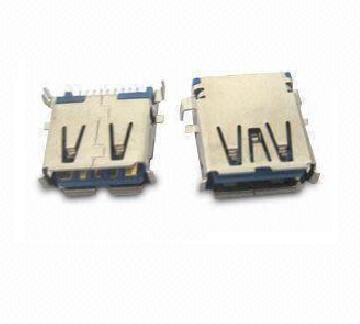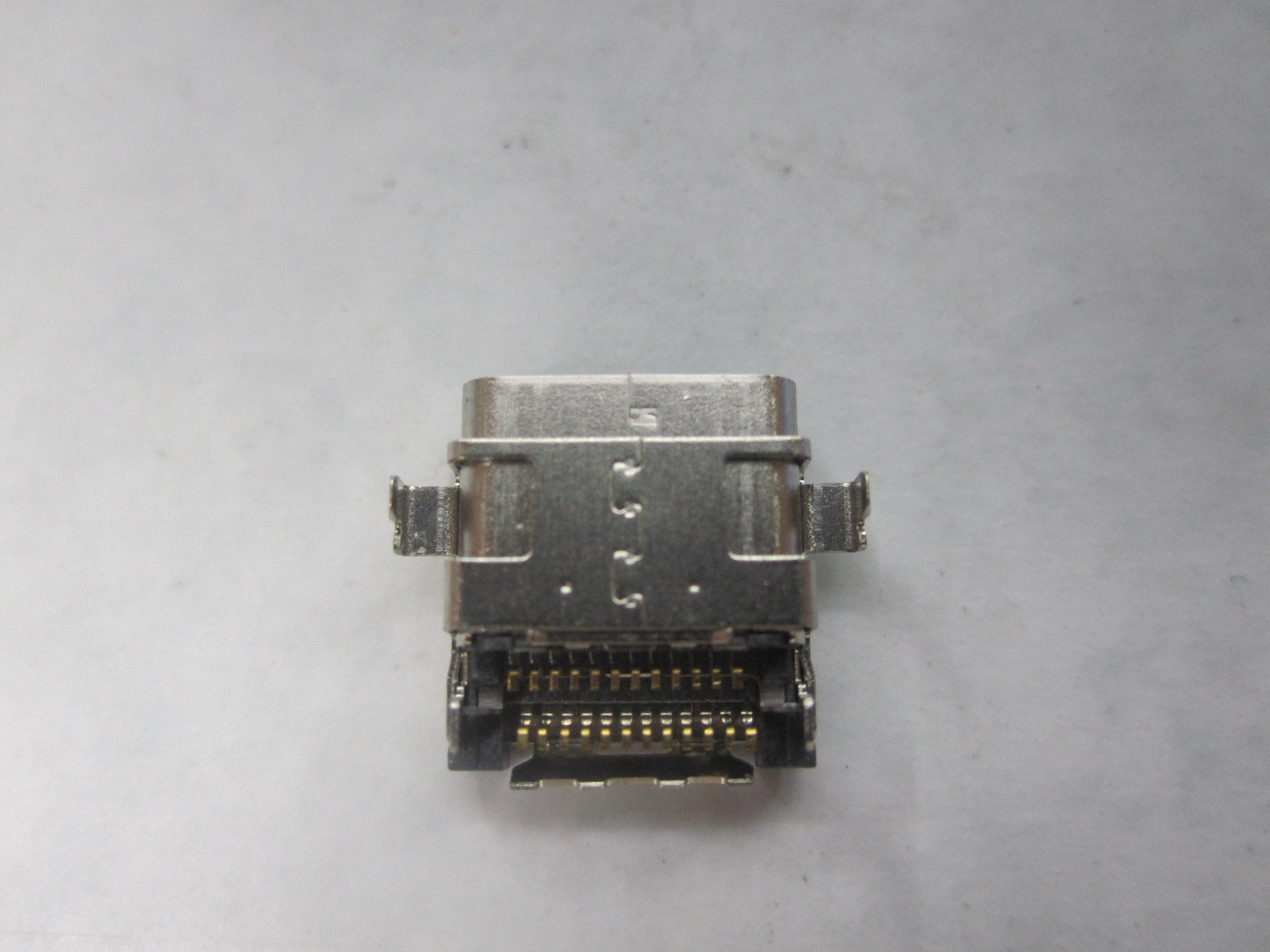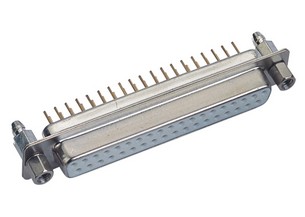In 2014, the global supply of large-size panels will reach 880 million pieces, and the supply-demand ratio will be 6.3%. The overall supply and demand tends to be slightly surplus, but there may be structural shortages in the local market. Therefore, panel manufacturers need to maintain a balanced supply and demand of each application through more reasonable product and production layout, as well as timely capacity deployment. In 2014, the Chinese market will be full of vitality. On the basis of continued expansion of production capacity, China's panel makers will also break the monopoly of Japan and South Korea's technology in key technology fields and create a new pattern of industrial competition. TV panel overall supply and demand balance The overall supply and demand balance of the TV panel is insufficient in the local market, while the mobile phone and tablet panels are excessive and the applications are different. In 2014, the overall supply and demand balance of TV panels will be insufficient in the local market. In 2014, the supply of TV panels will show a slight increase. On the one hand, due to the low profitability of some sizes, on the other hand, the growth of production capacity will change from an increase to an increase in size. In 2014, the newly added capacity is mainly based on the 8.5-generation line. It is mainly used to produce large-size panels such as 42-inch, 48-inch, 49-inch, 55-inch, and 65-inch. The supply of corresponding size segments will be relatively abundant, while the 6th generation line and Part of the size of the 7.5-generation line may be tight due to limited production capacity. The supply of smartphones and tablet panels is likely to be overdone in 2014. The global smartphone and tablet market continues to grow rapidly, and due to the higher profit margins of mobile phones and tablet panels relative to TV and PC panels, more G6 capacity will be invested in handset and tablet panel production in 2014. It is estimated that some new capacity will be put into the production of Tablet panels in 2014. In 2014, the demand for Tablet panels was 280 million, and the supply was 340 million. The supply-demand ratio will reach 22.4%. A sharp increase in supply will result in a 70% increase in the supply of tablet panels worldwide, and a blindly large investment will lead to an oversupply of smartphones and tablets in 2014. In 2014, the PC market will continue to be sluggish, but it may be out of stock due to the significant reduction in investment by panel makers. The desktop display market is already saturated with the replacement effect of laptops and has been in decline for three consecutive years. The notebook market is eroding in the tablet market, and it began to decline sharply in 2013. The decline in the notebook market in 2014 will slow down. For panel makers, 2014 will reduce the production capacity of display and notebook panels. As mobile phones and tablets gradually shift to the G6 generation line, the production of monitors and notebook panels will be squeezed out by both ends of TV and tablet and mobile phone applications. In 2014, there will be a shortage of goods. Continental TV panel self-sufficiency rate will reach 40% Chinese manufacturers continue to expand their investment. It is expected that the global market share of large-size panels will reach 20%, and the monopoly of OLED technology will be broken. In 2012, the pattern of the flat panel display industry has changed. The importance of the Chinese panel factory and the Chinese market has become increasingly prominent. The “three-legged†competition pattern dominated by Japan, South Korea and Taiwan has gradually been replaced by the “three countries and four regions†pattern. From 2014 to 2015, it will be an important period for Taiwan, mainland China and Korean panel makers to explore their development direction and enhance their competitiveness. First, Korean manufacturers have strengthened their vertical industrial chain advantages and shifted their focus to China. Han factory has perfect and strong support from upstream materials to terminal brands. Samsung and LG are among the world's leaders in terms of mobile phone to TV shipments, bringing effective seaports to the panels. With the rise of the Chinese market, Hanfang Samsung and LGD have built 8.5-generation line panel factories in Suzhou and Guangzhou, China to gain a competitive advantage in the Chinese market. Second, Taiwanese manufacturers focus on product differentiation and investment strategies are conservative. China's Taiwan panel makers Innolux and AUO are relatively complete in the panel generation line layout, which can be the best economic cutting product for each application in different generations, and lead new panel products by other panel manufacturers. At the same time, Taiwanese manufacturers also have the most production capacity of the 5th generation and 6th generation lines in the world, and have mature production technology and experience in small and medium size. In addition, the depreciation of Taiwanese manufacturers in China has basically ended, and manufacturing costs are more competitive. However, China's Taiwanese manufacturers have fewer 8.5 generation lines, high-generation production capacity is insufficient, and the panel industry continues to suffer losses and investment strategies are conservative, making it likely to face enormous challenges in the next round of industry competition. Third, China's panel makers are making efforts to continue to expand investment. Although the panel industry in mainland China started late, it has made great progress after nearly 10 years of hard work. The global market share of large-size panels (7 inches and above) in China's mainland panel makers is expected to increase from 13% in 2013 to 20% in 2014, with shipments reaching 17.6 million units; the market share of tablet panels will be 2013. 11% of the year increased to 25% in 2014. In 2013, China's panel factory TV panel self-sufficiency rate reached 32%. With the mass production of BOE, LGD and Samsung 8.5 generation lines, it is expected that the self-sufficiency rate of TV screens in mainland China will reach 40.3% in 2014. In addition, the proportion of localization of panel materials in China will be further enhanced. In 2014, Huaxing Optoelectronics and BOE will mass produce low-cost products with a localized proportion of more than 60%. After nearly five years of continuous investment, by the end of 2013, there were 10 production lines for G5 and above (including) panels in China, including 2 6-generation lines and 3 8.5-generation lines. In March 2014 and June 2014, the BOE 8.5 generation line and the LGD Guangzhou 8.5 line will be officially mass-produced. At the same time, BOE will mass produce the first oxide panel TV panel in mainland China in 2014. Tianma Xiamen, BOE Erdos and Shanghai Hehui will also gradually mass-produce LTPS process LCD and AMOLED panels in 2014, which is expected to break Japan, South Korea, etc. Manufacturers' monopoly on LTPS and AMOLED technology will create a new pattern of future industry competition. By the end of 2014, the total production capacity of China's G5 and above panel plants will reach 37.44 million square meters, accounting for 16% of the total G5 (including) panel plant capacity. It is estimated that in 2015, China will mass produce five 8.5-generation lines and one 5.5-generation LTPS production line. It is worth mentioning that in 2014, mainland Chinese manufacturers will face competition from the domestic production line of the Korean factory. The Chinese mainland panel factory must continue to strengthen its competitiveness. In addition to increasing the production capacity of the production line, it must also be in production cost, core technology, Seek greater progress and breakthroughs in product planning and capacity allocation to create differentiated competitive advantages. Surface and OLED competition is concerned UHD TV grew rapidly in 2014. Curved LCD TVs and OLED TVs have been highly regarded by the industry. In the display industry led by high-tech and technology, panel technology has always been an important growth point to stimulate consumer demand. Since 2010, the flat panel display industry has experienced a rapid development period, such as LED backlight instead of CCFL, began to develop light and thin energy; visual experience from 2D to 3D, to the naked eye 3D; border from narrow side, very narrow border to no border; The rate is from HD, FHD to UHD; touch screen technology from GG to OGS to On cell, In cell; panel shape also from plane to surface; also includes the large size and flexibility of AMOLED developed by the panel factory for 10 years. Display technology. The development of panel technology is also an important way to seek cost reduction, such as the improvement of product yield, the reduction of the number of masks, the UV rubbing technology to simplify the process, the WRGB technology to increase the transmittance, and the technology called the LCD process. Oxide technology is the ultimate goal of reducing costs. In 2014, the display terminal intelligentization will become the focus of the industry development, including interactive experiences of mobile phones, computers, televisions, wearable mobile devices, etc., and resource sharing will become a hot spot in the display market. TV intelligence will be popularized in 2014. China's smart TV market penetration rate will increase from 49% in 2013 to 78% in 2014. 2013 is the starting date of UHD. With the reduction of UHD TV cost, price drop, rich content and gradual improvement of size and specifications, 2014 will become a rapid growth period for UHD TV. It is expected that the global penetration rate of UHD TV will increase to 5.4% in 2014, and the penetration rate of China's TV market will reach 13%. Today, as LCD technology becomes more and more mature, technology development has gradually entered a bottleneck period. Japanese and Korean manufacturers have spent a lot of human and financial resources to develop large-size AMOLED with oxide process technology. In 2013, mass production has not yet been realized. In addition to Samsung and LGD plans to mass production in 2014, Japan's Matsushita and Sony have announced the abandonment of cooperative research and development. Therefore, whether the Korean factory can mass-produce OLED TV is the most important issue in the industry in 2014. Curved LCD TVs and OLED TVs have received a lot of attention. In the third quarter of 2013, Taiwan's AUO has cooperated with Sony to launch a 65-inch UHD curved LCD TV. Changhong also launched a 55-inch UHD curved TV sample in the fourth quarter, and will be mass-produced in 2014. Compared with OLED curved TV, LCD curved TV has an attractive price advantage and the price is more close to the people. Therefore, Korean manufacturers Samsung and LGD also plan to launch LCD curved screens in 2014. The spread between curved LCD TVs and flat-panel LCD TVs is expected to shrink further in 2014.
Rectangular I/O Connectors
Antenk develop and specify high-performance I/O's throughout a wide variety of industries. These include SAS, SATA, PCIe, HSSG, FIBRE CHANNEL, INFINIBAND, IEC, CEA, IEEE, VESA, USB and many more.
I/O Connectors Application
Antenk can deliver standard and custom options of the following I/O connectors:
I/O Connectors General Specifications
ELECTRICAL CHARACTERISTICS
Rectangular I/O Connectors Series Rectangular Connector,Rectangular I Connectors,Rectangular O Connectors,Male Connector Rectangular,I/O Connectors,Input/Output Connectors ShenZhen Antenk Electronics Co,Ltd , https://www.antenk.com
Antenk offers an expansive product line of I/O connectors including USB, HDMI, D-Sub, Modular Jacks, SFP, QSFP+, CXP, iPass+, iPass+ HD and more. In addition to standard I/O connectors and matching cable assemblies.Except a comprehensive range of standard Input/Output connector solutions for high-speed electronic data communication, Antenk engineers can design customized solutions. This extensive selection of I/O connectors and matching cable assemblies includes numerous next-generation solutions.All of our I/O connectors feature a variety of orientation options, as well as PCB and cable mount offerings.
Consumer / PC Products
Networking / Telecommunications Products
Mobile Products
Industrial Products
1394 Connector
Centronic Connector
D-Sub Connector
Dvi Connector
Display Port Connector
HDMI Connector
Half Pitch Scsi Connectors
USB Connector
V.35 Connector
OBD Connector


Contact Current Rating:5Amperes.
Dielectric Withstanding.
Dielectric Withstanding Voltage:AC 1000Vr.m.s.
Insulation Resistance:500 Megohms Minimum at DC500V.
Contact Resistance:25 Milliohms Maximum.
Operating Temperature:-55℃~105℃.

MATERIALS:
Contacts:Brass.
Insulator:PBT,UL94V-O Rated.
Shell:Cold Rolle Steel.
Metal Watertight Frame:PBT,UL94V-0.
O-Ring:Silicone.
NOTE:
Position:09PIN,15PIN,25PIN,37PIN.